
Marvel Cinematic Universe. The history of the highest-grossing movie franchises of all time. Phase 1. The birth and the first “Avengers”.
How to watch the Marvel movies in order – chronological order
The world is slowly getting over the coronavirus pandemic, and the production of TV-series and films is waking up bit by bit after a lethargic sleep. In the fall, late blockbusters come to the movie theaters, and we are already thinking about future releases.
On May 7, 2021, the US will finally see the world premiere of the new MCU film, Black Widow, which will open a new, fourth phase of the successful franchise.
But what are these phases? What does Marvel have in store for us in the future? And what is the correct way to watch MCU movies? In this article, we will cover the formation of this uber franchise in detail and give a couple of tips on where to start watching Marvel films.
It is also important to say that all Marvel films related to the Cinematic Universe — also known as MCU — have two versions of the chronology.
The official Marvel timeline is the order in which films have been released since 2008. We will adhere to this version in the article.
However, we must mention that the official chronology does not correspond to the real one. For example, Captain America: The First Avenger is set in the 1940s, Captain Marvel is in the 1990s, and Spider-Man: Far from Home jumped several years into the future, where the protagonist travels across Europe in 2023. If you are interested in just this version, you can read about it in a separate article on our blog.
History of Marvel Cinematic Universe
Let us start with the basics.
Marvel is a comic book — or graphic novel, if you like — publishing house that has been around since 1939. The majority of superheroes in spandex you have ever heard of are comic characters of Marvel. The rest are from DC Comics. Spider-Man, Iron Man, Thor, Captain America, X-Men — this is an incomplete list of superheroes saving the universe on the pages of Marvel comics. Of course, at some point, these characters moved from paper to films and TV-series. The first one was, of course, Spider-Man — The Amazing Spider-Man TV-series was released in 1977. Nicholas Hammond played the main character and returned to this role in several sequels and a television series.
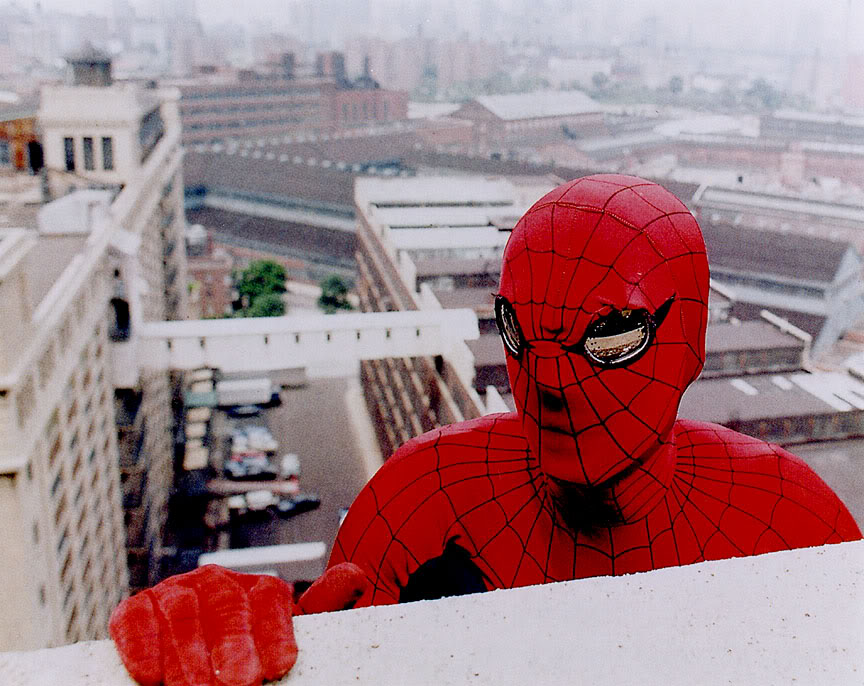
Since then, there were many films based on Marvel comics, but every one of them was very low-budget.
In the mid-1990s, after decades of success, the industry was in recession, and Marvel is trying to stay afloat. The publishing house had huge debts and even wanted to declare itself bankrupt. Warner Bros. and MGM were dreaming of buying Marvel. The company had to sell the rights to film adaptations of its most popular characters. Sony bought Spider-Man, and 20th Century Fox bought X-Men and the Fantastic Four. After successful acquisitions, studios quickly began to film blockbusters.
Ten years later, there were reports that Marvel will also start making films about the remaining superheroes. However, unlike Sony and 20th Century Fox, it had a revolutionary plan — to create a whole universe. Marvel Entertainment would be in charge of the process.
The first news appeared in the press in 2005, and on May 1, 2008, Marvel released the first Iron Man film. It was the moment Marvel Cinematic Universe officially began.
The first phase of Marvel Cinematic Universe.
Iron Man. 2008.
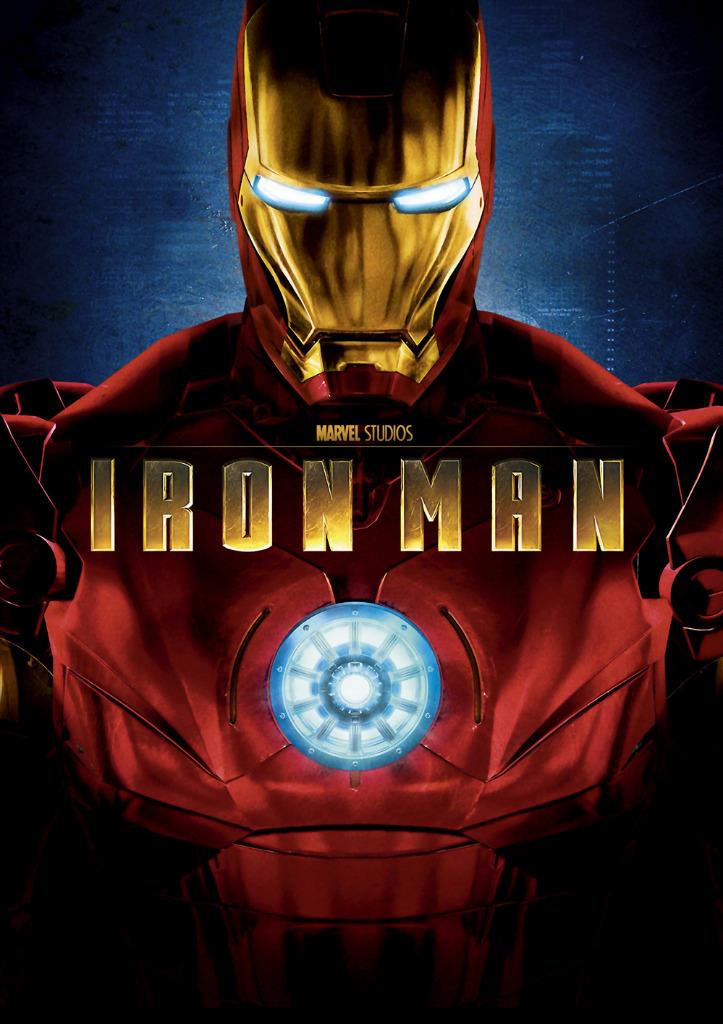
It all starts with Iron Man. Marvel seemed to test the waters with this film. Would the viewers be interested in this, not the most popular superhero? How do you interconnect parts of the vast comic universe? What would attract the viewers?
Marvel took a big risk, hiring Robert Downey Jr., who had a very dubious reputation in the late 90s, for the leading role in a family blockbuster. In the early 2000s, Robert was trying to come back to being a recognized actor, playing in small but critically acclaimed films.
By the way, Marvel would continue following this path of inviting familiar to the public but not the top-of-the-mountain-superstar actors for the leading roles. Thus, the studio made a star that was grateful for jump-starting his career.
As a result, Downey Jr. became a superstar, Iron Man grossed 600 million euros at the box office (this was a lot of money for 2008) and was well-received by critics, and Marvel started going in the right direction.
The film got a sequel, but there was no word about a Cinematic Universe.
The Incredible Hulk. 2008.
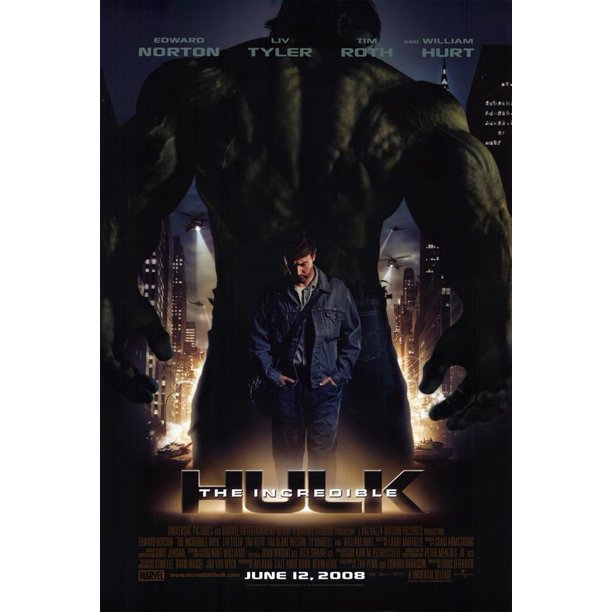
After Ang Lee’s not-so-successful screen adaptation of Hulk in 2003, in which the great actor Eric Bana played the role of scientist Bruce Banner, Marvel decided to buy back the cinematic rights to the green monster. Then they could “restart” the character and then try to make him a part of the superhero team. After the second film of the MCU, you can notice other principles of the producers’ work. The main villain is played by the most famous actor in the cast. If in Iron Man it was Jeff Bridges, in The Incredible Hulk, Tim Roth played the role of antagonist. It also becomes clear that Marvel’s bosses hire trusted professionals to direct the films, who can not only shoot well but successfully adapt to the studio requirements. Also, special attention is paid to the choice of an actress for the role of the hero’s love interest: she must be sufficiently famous but not overshadow the main character (in the new film, it was Liv Tyler). Besides, in The Incredible Hulk, you can see a large number of easter eggs that connect this movie not only to other Marvel films but also to the previous incarnations of the character. So, the main character in the Hulk state has the voice of Lou Ferrigno, who portrayed Bruce Banner in the 1978-1982 TV-series.
Edward Norton played the leading role in the second installment of MCU. The producers were planning to have him play Bruce Banner in the following films, but the actor had a conflict with the studio. After the release of The Incredible Hulk, the bosses had to recast the actor for the leading role, and that was how no less marvelous Mark Ruffalo became the new Bruce Banner. This situation, by the way, is the only case so far when an actor portraying the main character was replaced in MCU.
Iron Man 2. 2010.

Two years after the Iron Man’s success, movie theaters around the world saw the sequel about Tony Stark’s adventures. The director of this film was the same Jon Favreau, the same Robert Downey Jr. and Gwyneth Paltrow played the leading roles. Terrence Howard, who portrayed the character named War Machine in the first film, left the project — according to rumors, he had not agreed with the studio on his salary — and Marvel replaced him with Don Cheadle. He would remain in the franchise until the end of the third phase.
There were two charismatic villains, played by Mickey Rourke and Sam Rockwell.
Iron Man 2 became a pivotal film for MCU. The producers had already been planning The Avengers, that would bring together all the superheroes. They needed to start connecting them now. In the two previous films, there gave hints that there would be a team, but viewers could see them only in the scenes after the credits. Incidentally, these short videos will become an MCU feature, forcing fans to sit in the movie theaters until the main lighting are on.
So, in Iron Man 2, Tony Stark got help from a new character, who would eventually become his companion in the Avengers team. It was Scarlett Johansson’s Black Widow. The actress was well-known to the public in 2010, but her role in the superhero blockbuster made her a superstar.
The audience got a good story, the actors showed the chemistry between the two superheroes, the film grossed over 620 million at the box office, and the post-credits scene featured a hint of a fourth Avenger, Thor.
Obviously, with such results, the film could not remain without a trequel. The movie bosses gave Iron Man that opportunity and also realized that they were on the right path.
Thor. 2011.
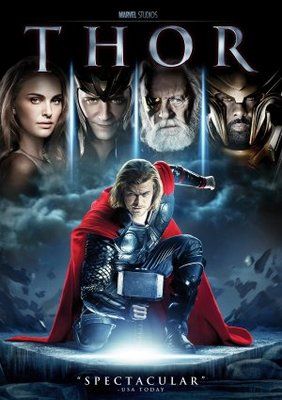
The Marvel’s version of the Scandinavian god of thunder appeared out of comics more than once: Thor made appearances in animated series and once appeared in a 1988 television film about The Hulk’s adventures.
Interestingly, in the late nineties, director Sam Raimi was very interested in making a blockbuster about the adventures of Thor and even asked 20th Century Fox about it. The studio was not intrigued, and a few years later, Raimi began filming the Spider-Man comic for Sony, which became one of the iconic superhero blockbusters.
Marvel approached the creation of Thor in a very throughout way: on the one hand, the studio followed its canons — a good, but not too independent director (Kenneth Branagh), a fresh actor for the lead role (Chris Hemsworth), a famous actress as the love interest (Natalie Portman), and references to other films of the franchise.
On the other hand, the studio made a direct link to the global crossover — The Avengers, which would be released a year after Thor and unite previous films. Loki, a trickster god, a darting character who would become the main villain in The Avengers, would be this connection.
It was the revolutionary idea of the MCU: first, create the origins of the main characters, to bring them together at the end of the phase to confront the villain, whose motivation arises even in the first films.
Thor had a very bright palette and comedic approach — all sequels would inherit this tradition and even surpass the first film in this — playing on the contrast of the almost to excess serious main character and very frivolous companions.
The viewers liked the new film. It received a good sum at the box office (still far away from being record-breaking), got a sequel, introduced the crossover villain, and laid another brick on the Marvel pedestal. Now the studio only had to introduce the team leader, which would happen three months later.
Captain America: The First Avenger. 2011.
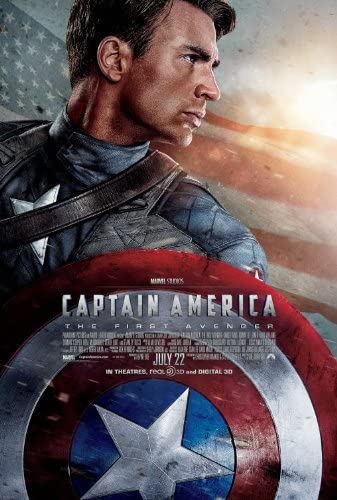
Captain America, who is also known as Steve Rogers, is a real god in the mythological pantheon of the United States. He is an embodiment of the American Dream. Sick and weak, but kind and noble, Steve took an experimental serum and became a super-soldier without fear or reproach. With his newfound strength, he went to Europe, engulfed by the fire of Nazism, to bring peace. Everything was happening in the 1940s.
Only such a character could become a leader of superheroes, but it was only 2012, and for now, the Captain was going in a solo.
Chris Evans (another good, but not familiar actor) played the main character, he is opposed by the villain Red Skull portrayed by Hugo Weaving (the very same Agent Smith from The Matrix).
Captain America was not a box office breakthrough (with a budget of $140 million, it grossed only two and a half times more at the box office) or a public favorite — it scored 6.9 on IMDB and 7.3 on Metacritic. However, this film was the last bridge to the Avengers.
Marvel successfully presented us with the origins of the very first heroes, pointed out the further development of both the story and characters, and, most importantly, the film studio, as in a good reality show, allowed the viewers to choose their favorite.
The Avengers. 2012.

The Marvel’s producers approached the process of creating the first crossover very seriously. Joss Whedon, who once had a hand in the TV-series Firefly, was hired to direct and produce The Avengers. The sci-fi television show only lasted one season, but it has an incredibly large fan base.
In the comics, the Avengers team changed many times. For the first film, the producers decided to take Iron Man, Thor, the Hulk, Captain America — every one of whom got a solo movie — Black Widow, whom the viewers had already seen, and a character named Hawkeye that only debuted in this crossover.
It was careful planning in action — these six characters were as different as the format of the film allowed. By the end, each viewer would have chosen at least one superhero whom he loved the most. Even the scene from the trailer — when the camera was flying around all members of the Avengers team — looked like an opening of some reality show finale or a character selection menu in a video game. Half of the characters do not have supernatural abilities and became heroes either through training or due to them being a genius. There is a woman, a character who is burdened by his powers, and all disagreements within the group happened because of the confrontation between charisma (Iron Man) and morals (Captain America).
Joss Whedon deliberately developed comedy flair in The Avengers. Thanks to that, a very long blockbuster was easy to watch, and the viewers were not exhausted by the excessive seriousness of the of men in spandex’s adventures.
The Avengers film was released on May 3, 2012, and became a sensation in an instant. It broke box office records one after another. The already famous actors who played the lead roles became very popular in Hollywood. The Avengers broke stereotypes and made superhero films something everyone wanted to watch and be a part of.
As a result, the global crossover earned $1.5 billion at the box office, becoming the third highest-grossing film ever, beaten only by the unattainable Titanic and Avatar. Viewers demanded a sequel that had already been thought of — in the traditional post-credits scene, the creators hinted at Thanos, who would appear years later.
That was the end of the first phase of the MCU. The next film would be released only a year later, and the producers had time to plan their further steps.
The more time has passed since the launch of this saga, the more obvious it becomes that this incredible success is not a coincidence, but the result of hard and ingenious calculations. In a critical condition, the studio was able to devise a highly successful strategy that not only kept Marvel afloat but created the most expensive film franchise in history.
By the way, in the middle of the first phase, Marvel Entertainment was bought by the studio The Walt Disney Company, and the price of this deal was $4.24 billion. All six films of the first phase in total grossed 3.8 billion at the box office (and cost about one billion).
In the first four years of its existence, MCU was able to do the impossible: thanks to competent management and marketing and playing with mythology and archetypes, superheroes were not a shameful topic of conversation even in high society anymore. Many actors declared that they would like to try on superhero spandex, and viewers spent long hours thinking about what would happen in the next phases and what new characters Marvel would transfer to the screen from the pages of the comics.
Меня зовут Игорь. Я из тех, кто постоянно выискивает себе новые увлечения. Начинал с зоологии и чтения в детстве и докатился до путешествий, кино и истории искусства. Не могу жить без новых книг, новых телешоу и новых стран. Свято верю в науку, доброту и то, что впечатлениями надо делиться. Учу языки, планирую поездки разного километража и пишу про кино и сериалы.





